Archive View
Grid View
List View
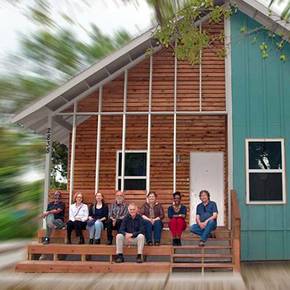
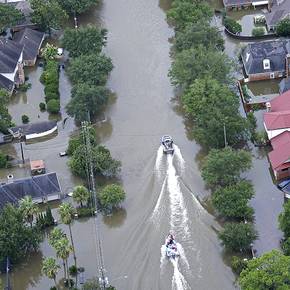
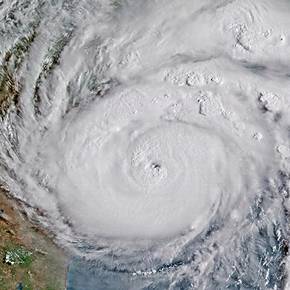
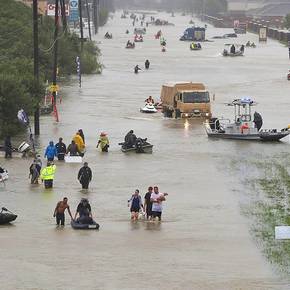
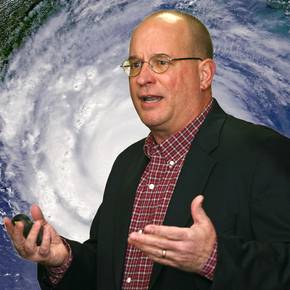
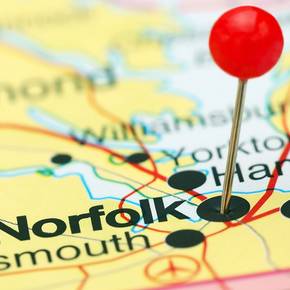
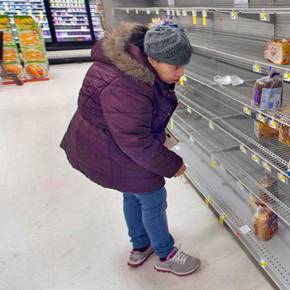
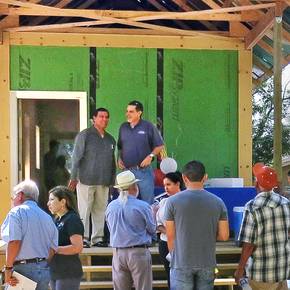
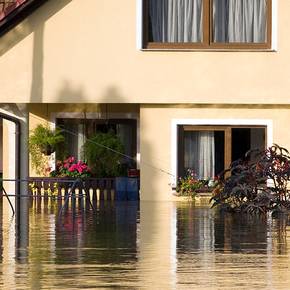
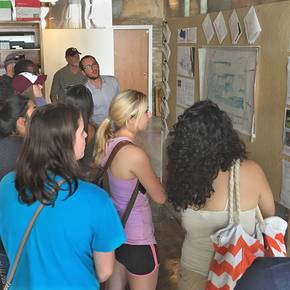
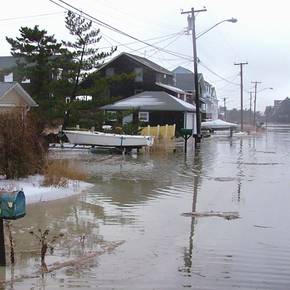
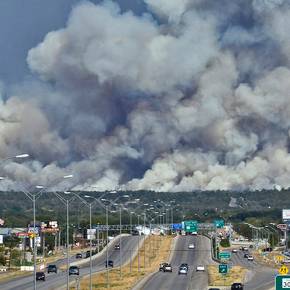

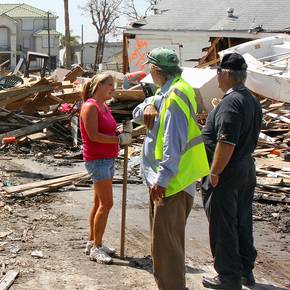

hazard reduction & recovery

Senators hear of post-Harvey housing problems from prof
posted
December 7, 2017
Editor’s note: Texas lawmakers heard Shannon Van Zandt, professor of urban planning, describe the significant housing difficulties low-and moderate-income people face as they recover from devastation caused by August 2017’s Hurricane Harvey.

Study: Focused plans help cities prepare for climate change
posted
December 5, 2017
Municipalities are more responsive to natural disaster plans that focus on a single threat, such as flooding, than they are to comprehensive resiliency strategies, according to a study evaluating how U.S. cities are adapting to the impacts of climate change.

College community responds to Harvey
posted
September 20, 2017
As tens of thousands of Texans undergo a long, difficult recovery from Hurricane Harvey, numerous faculty and students initiatives at Texas A&M University are helping individuals and communities learn how to emerge from the damage and mitigate the effects of future disasters.

Faculty aid Harvey reportage, analysis
posted
September 19, 2017
As Harvey’s record-setting rainfall inundated coastal Texas, expert researchers in natural disaster planning, recovery and sustainability at Texas A&M, through analysis and numerous media interviews, described how land development practices exacerbated the flooding and prescribed actions to mitigate future disasters.
Peacock advises Congress in wind storm impact group
posted
September 19, 2017
Walter Gillis Peacock, director of the Texas A&M Hazard Reduction and Recovery Center, is one of 15 experts serving on a committee established by Congress to review efforts to reduce life and property loss from windstorms, the nation’s costliest natural hazard.

Texas A&M hazard team's 'scorecard' adopted by Norfolk
posted
September 5, 2017
City planning staff in Norfolk, Va., a coastal city of 243,000, have identified weaknesses and inconsistencies in their community’s natural hazard plans with a scorecard developed in part by Texas A&M disaster researchers.

HRRC eying how disasters influence food distribution
posted
October 11, 2016
Texas A&M University researchers are collaborating on an NSF initiative aimed at identifying links between the U.S. food distribution system and the nation’s energy, water and transportation networks that are most likely to be disrupted in a natural disaster.

Museum showcases HRRC-developed housing program
posted
July 21, 2016
Texas legislators are investigating the benefits of RAPIDO, a pilot program developed with recommendations from Texas A&M Hazard Reduction and Recovery Center, that dramatically reduces the time it takes to rebuild homes destroyed by natural disasters.
Planning researchers develop ‘scorecard’ for hazard plans
posted
March 28, 2016
Urban planners can assess whether a community’s hazard plans target its most vulnerable areas with a scorecard developed in part by planning researchers at Texas A&M.
Undergraduates sharpen research skills in program
posted
August 31, 2015
Undergraduate students interested in careers as planning or sociology researchers sharpened their research skills in summer 2015 with help from Texas A&M faculty during a 6-week Research Experience for Undergraduates program.

Planning prof leads Dutch, U.S. coastal flooding study
posted
August 24, 2015
Interdisciplinary groups of faculty and students in five U.S. universities will pair with counterparts in The Netherlands in a research project led by Sam Brody, professor of urban planning, to determine how to reduce the impact of coastal flooding.

HRRC identifying best practices in disaster recoveries
posted
March 10, 2015
A research team from Texas A&M’s Hazard Reduction and Recovery Center is working to identify best practices in pre- and post-disaster planning in communities recovering from a variety of natural and man-made disasters.
JAPA features 4 papers by TAMU disaster researchers
posted
March 4, 2015
Texas A&M’s national prominence in disaster planning research is evidenced in the February 2015 Journal of the American Planning Association special issue in which four of the publication’s 10 articles were penned by Texas A&M faculty and former students.

A&M researchers collaborate in U.S. resilience center
posted
March 3, 2015
An elite group of urban planning researchers from Texas A&M University have been selected to play an integral role with scientists from 11 universities in a nationwide initiative aimed at helping communities prepare for and recover from natural disasters.
Profs publish book with steps to raise community resilience
posted
October 21, 2014
Procedures to create resilient communities — places that avoid, absorb and recover quickly from natural disasters — are detailed in a new book co-authored by four urban planning educators at Texas A&M’s College of Architecture.
Follow Us
Facebook Twitter Vimeo Youtube Flickr RSS
Recent Posts

Planning prof heads study of disaster housing aid
June 12, 2020

A message from the dean
June 2, 2020

Former student remembered as expert planner
April 16, 2020

Leading educator named new head of Architecture Dept.
April 1, 2020

COVID-19 tests given in student-built clinic
March 30, 2020



_thumbnail_small.png)
